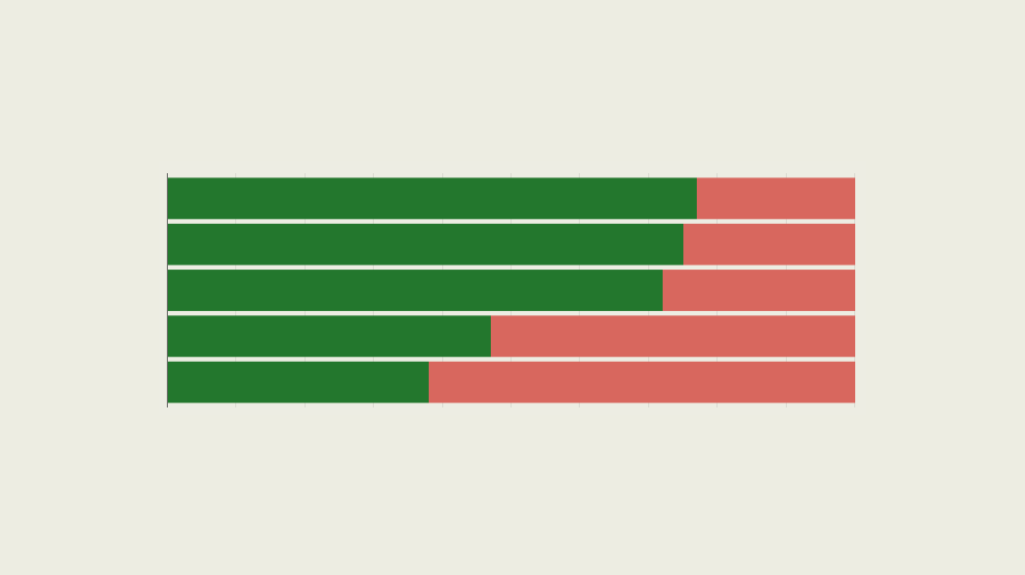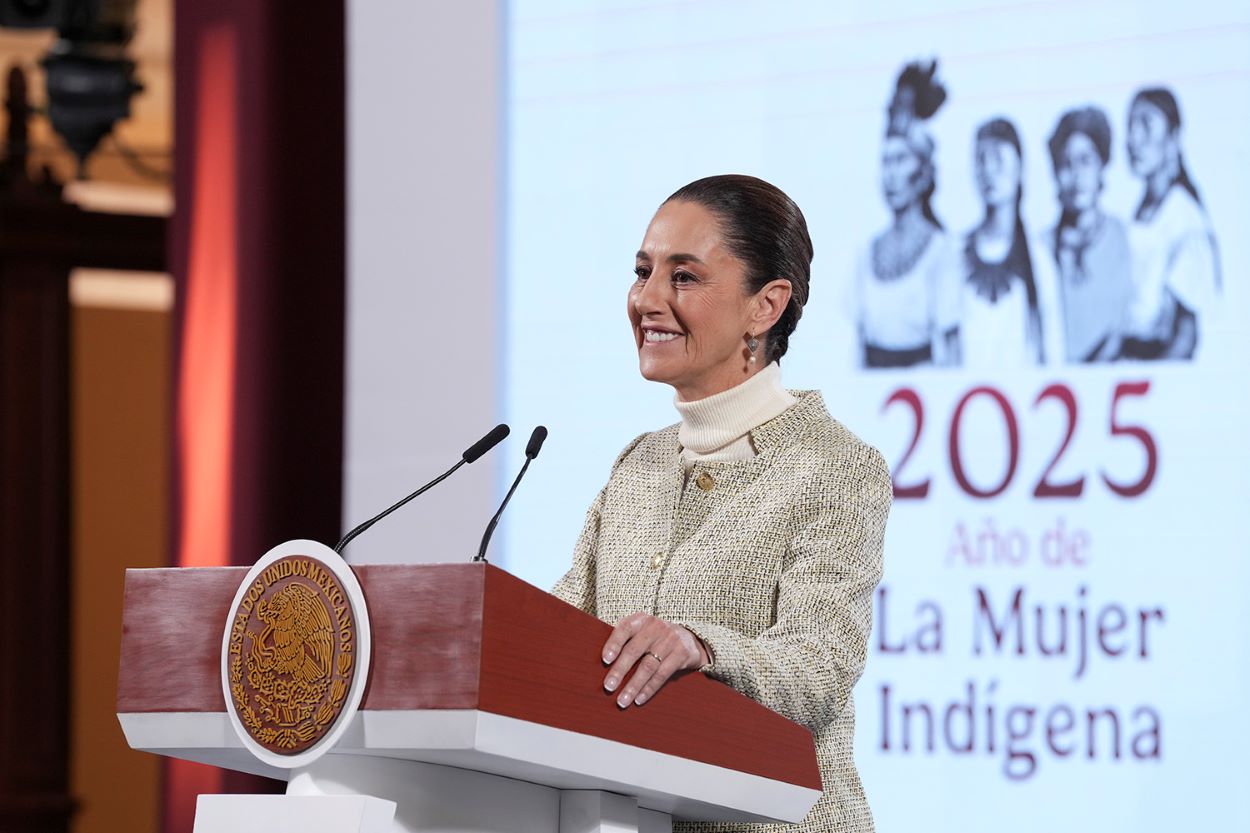Update: The Pope's Mexico Agenda
Update: The Pope's Mexico Agenda
Pope Francis travels through Mexico February 12–17. We look at the significance of each stop.
The Popemobiles are getting blessed and the pilgrims are making their journeys in preparation for Pope Francis’ touchdown in Mexico City on Friday. But his first papal visit to the world’s second-largest Catholic population will take him well beyond the capital; in November, the pontiff said he wanted to make stops where his predecessors John Paul II and Benedict XVI hadn’t. Indeed, his February 12–17 tour takes him to cities reeling from violence, poverty, or both.
The Pope, who will hit states on Mexico’s northern and southern borders, is expected to call for a humane attitude toward immigration at a time when the Obama administration is launching deportation raids and some U.S. presidential candidates are pitching what many consider draconian immigration policies.
The Mexican government may want to steel itself, too. “The Mexico of violence, the Mexico of corruption, the Mexico of drug trafficking, the Mexico of cartels, is not the Mexico that [the Virgin Mary] wants,” said Pope Francis in a Notimex interview ahead of the trip. “Of course, I won’t do anything to cover that up.”
Speaking of cover-ups, others are asking if Pope Francis will tackle accusations that the Vatican has fallen short on protecting victims of sex abuse at the hands of Mexican clergy. A victims’ group formally requested an audience with the pope, but the Vatican spokesman indicated that such a meeting would be unlikely this time around.
Below, AS/COA Online tracks the major stops of the pontiff’s visit and the significance of each one in a country where more than 80 percent of the population is Catholic.
Hover over the map to see the details of each visit.
|
|
February 12 and 13, Mexico City: The pope gets to Mexico City Friday evening. He meets with President Enrique Peña Nieto on Saturday morning. Some Mexicans say the visit bears political benefits for Peña Nieto’s party and costs associated with the pope’s trip could be better spent. Potentially adding to the tension, a week before the pontiff’s visit, news outlet Aristegui Noticias released an investigative piece casting doubt on the legitimacy of the president’s marriage to telenovela star Angélica Rivera.
But to hear the pope tell it, the main reason for his Mexico City visit is for the Saturday afternoon mass at the Basilica of Our Lady of Guadalupe, which houses the iconic image of the Virgin of Guadalupe and is the most-visited Catholic site in the world. “If it wasn’t for Our Lady, I wouldn’t” go to the capital, said the pontiff.
February 14, Ecatepec, Estado de Mexico: Pope Francis’ stop in this state, often referred to as “Edomex,” includes a mass in Ecatepec, a poor suburb of 1.6 million people facing a scourge of violence—in particular against women. More than 1,200 women have gone missing in the state since current governor, Eruviel Ávila, took office.
Ecatepec is expecting some 2.3 million visitors during the pope’s visit, with 300,000 attendees at the mass.
February 15, San Cristobal de las Casas and Tuxtla Gutierrez, Chiapas: The southern state of Chiapas is Mexico’s poorest: 76 percent of chiapanecos live in poverty. It’s also home to a large Mayan population, which often blends indigenous traditions with Catholicism. Although the church looked down on this syncretism in the past, the pope’s mass in the colonial city of San Cristobal de las Casas will include multiple indigenous languages. While there, Pope Francis will issue a decree allowing for the use of indigenous languages in mass. The move can be seen as an important defense of indigenous rights in a state witnessing an exodus from Catholicism to Pentecostalism. Pope Francis will also deliver a mass in the state capital, Tuxtla Gutierrez.
While many are focusing on what Pope Francis’ visit to the U.S.-Mexico border represents for the immigration debate, the Chiapas stop is of equal importance, given that the state borders Guatemala and is the entry point for Central American migrants fleeing violence.
February 16, Morelia, Michoacan: Observers say Pope Francis will stop in Morelia, Michoacan’s capital, due to the state experiencing a “perfect storm” of violence related to organized crime and vigilante groups, and parish priests who condemn cartels have faced threats. In 2013, Pope Francis made Morelia Archbishop Alberto Suárez Inda the city’s first cardinal, with the Vatican’s reasoning being that he serves as a mediator in “a region that’s been hit by violence.”
February 17, Ciudad Juarez, Chihuahua: The pope’s last stop will be in the manufacturing city, considered Mexico’s murder capital a few years ago but that’s since seen a turnaround. The Los Angeles Times reports that the number of homicides in Ciudad Juarez dropped 90 percent from 3,111 in 2010 to 311 last year.
But what makes the pontiff’s Ciudad Juarez stop remarkable is its transborder nature. He will deliver a mass to 200,000 people in the city a little less than 90 yards from the border. At the same time, some 45,000 will celebrate the pope’s visit in an El Paso stadium a few miles away. Pope Francis is also expected to stop at the Rio Grande to say a prayer for migrants.
Also, the parents of 43 disappeared students from Ayotzinapa, Guerrero will attend the pope’s Ciudad Juarez mass. The parents wanted a private audience, which the Vatican did not grant, but they remain hopeful Pope Francis will comment on the tragedy during his tour. The students went missing in September 2014 and the slow resolution of the case drew international criticism of the Peña Nieto government’s investigation.









